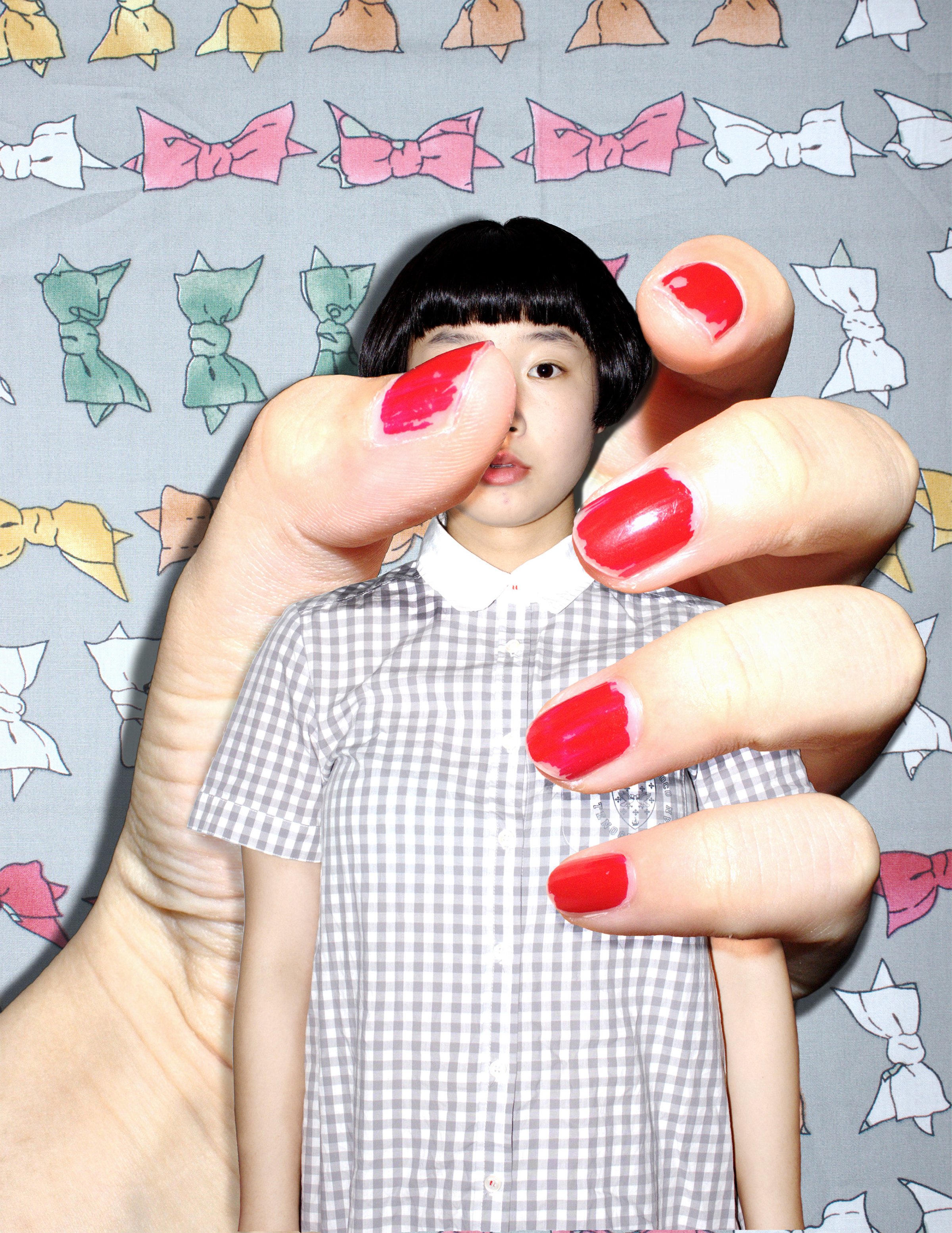
In the summer of 2012, Izumi Miyazaki – a photography student then in her first year at Musashino Art University in Tokyo – had the foresight to start a Tumblr blog to share her work with others. Initially, the blog can be seen as a way to articulate a visual language in photography: everyday street scenes in suburban Tokyo are shown next to self-portraits in which Miyazaki positions herself in public as well as private spaces. Looking at the chronology of her blog, though, it becomes clear that within weeks of starting it, Miyazaki developed a highly personal approach to photography where she purposefully mixes notions of absurdity and humor with an element of realness more commonly associated with street photography. Rarely, if ever, is anyone else visible in her work making Miyazaki the sole star in this fictitious world.
Miyazaki uses photography experimentally as well as playfully: one manipulated image depicts an egg cracked open above her head. Taken in autumn 2012 and shared and liked on Tumblr over 27,000 times, Miyazaki accredits this image for rapidly drawing national as well as international attention to her work. A little more than a year later, one of her quirky self-portraits was on the front cover of Phat Photo – one of Japan’s most prominent photography magazines, read mostly by a younger demographic. Miyazaki’s rapid rise is a reflection of the power of an image-economy hungry for the next new trend – an economy that favors creativity, individuality and also wittiness.
Many of Miyazaki’s photographs feature food: one image depicts her about to bite into a rice ball, another shows her lying on the kitchen floor eating a pack of cookies. And since no one else are featured in her images, these scenes allude to a form of alienation, which is further emphasized by other photographs were Miyazaki inserts multiple versions of herself into the image. Asked about why she tends to do that in her self-portraits, Miyazaki explains that she grew up as a lonely child: “I don’t feel lonely when I make and watch photos of a double me.”
Unlike the work of Hiromix or Yurie Nagashima however, whose provocative self-portraits from the 1990s questioned notions about gender and sexuality, Miyazaki seems more concerned with depicting herself as an individual trapped in a highly advanced consumer society. Next to Miyazaki’s body, depictions of billboards, advertisements or posters of politicians become empty and meaningless signs.
While promoting her work on the art fair circuit in Tokyo (a culturally specific phenomenon where individual artists pay to represent themselves in small booths), and perhaps as a way to appropriate the economy of signs described above, Miyazaki has started to sell merchandise such as tote bags and buttons of her images. Miyazaki is keen to use her clients as means to ‘exhibit’ her work on the street. The implication of this methodology is clear: similar to the way her Tumblr followers share her photographs, Miyazaki is bypassing the regimented structures of the gallery system by opening up her work to new audiences.
Izumi Miyazaki is an artist and photographer based in Japan
Marco Bohr is a photographer and writer based in the United Kingdom. He runs the Visual Culture Blog and can be found on Twitter @MarcoBohr.
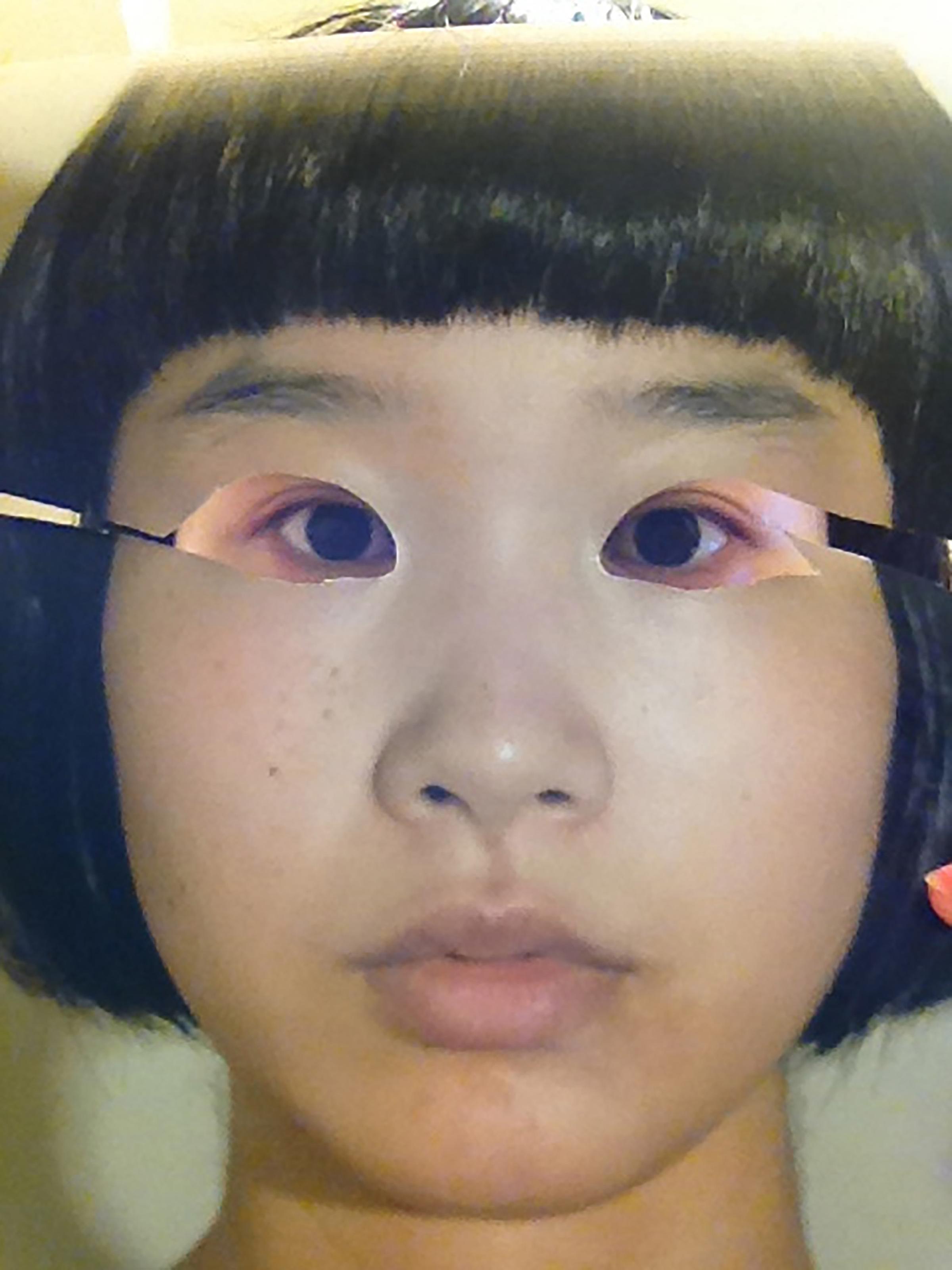
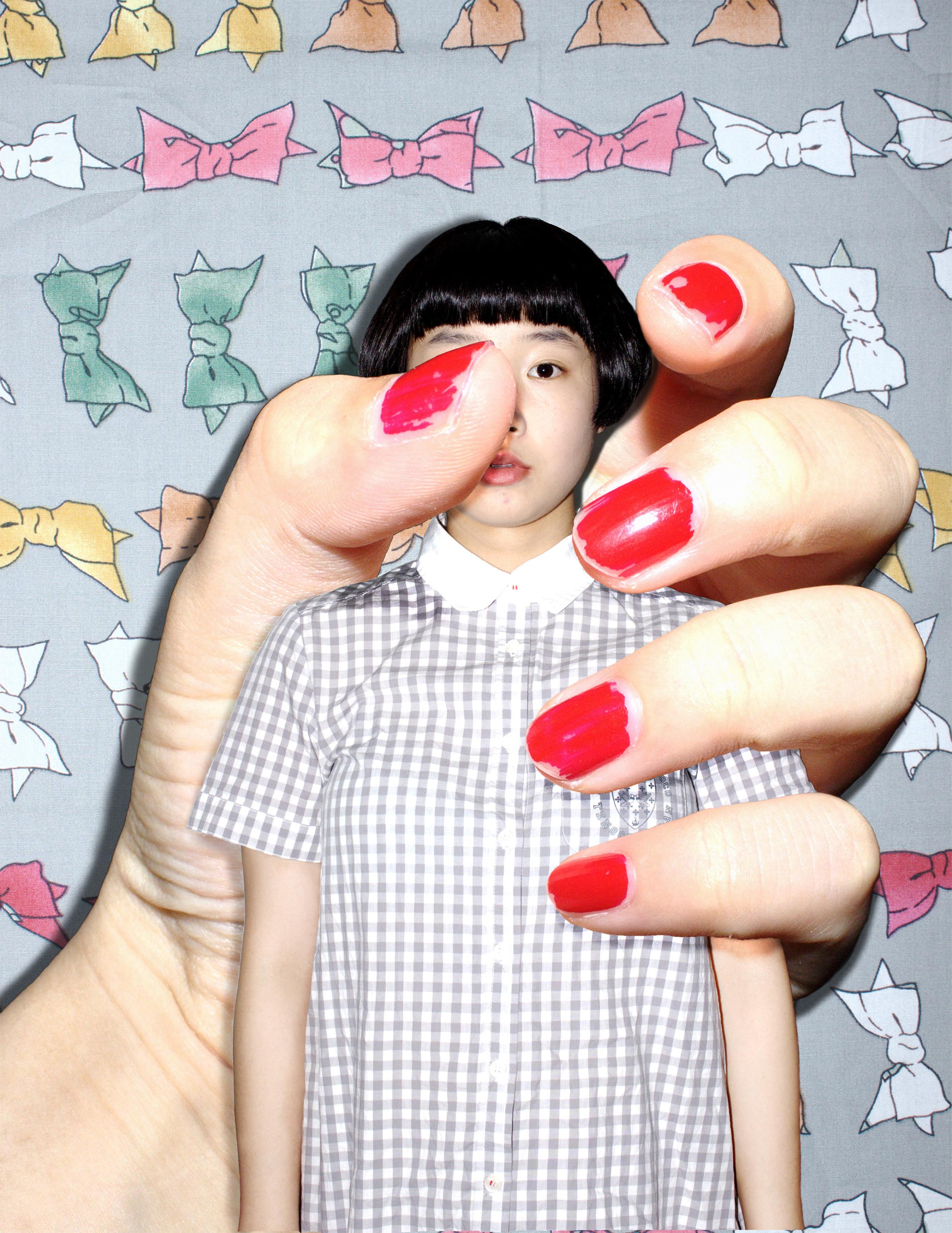
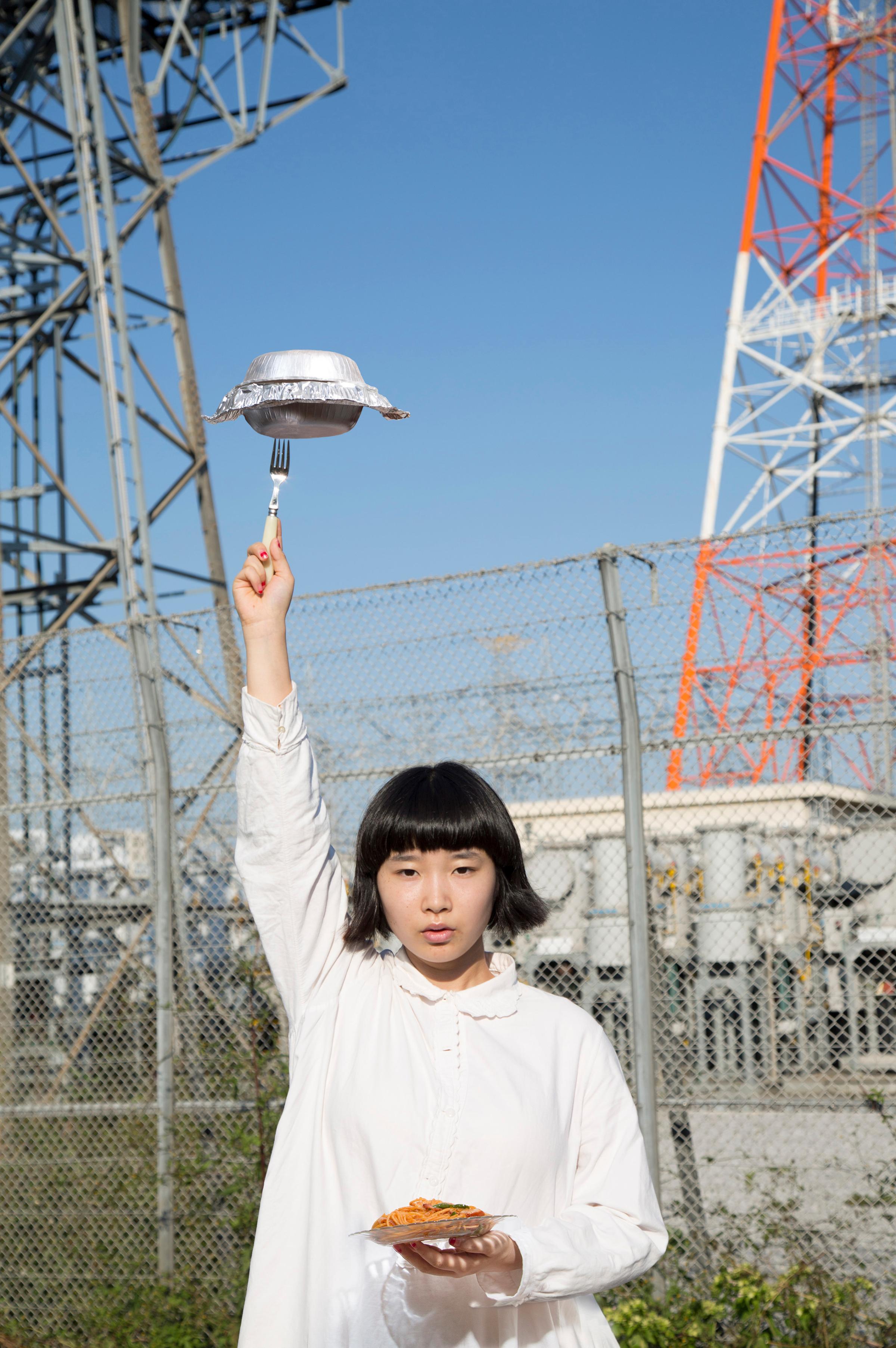
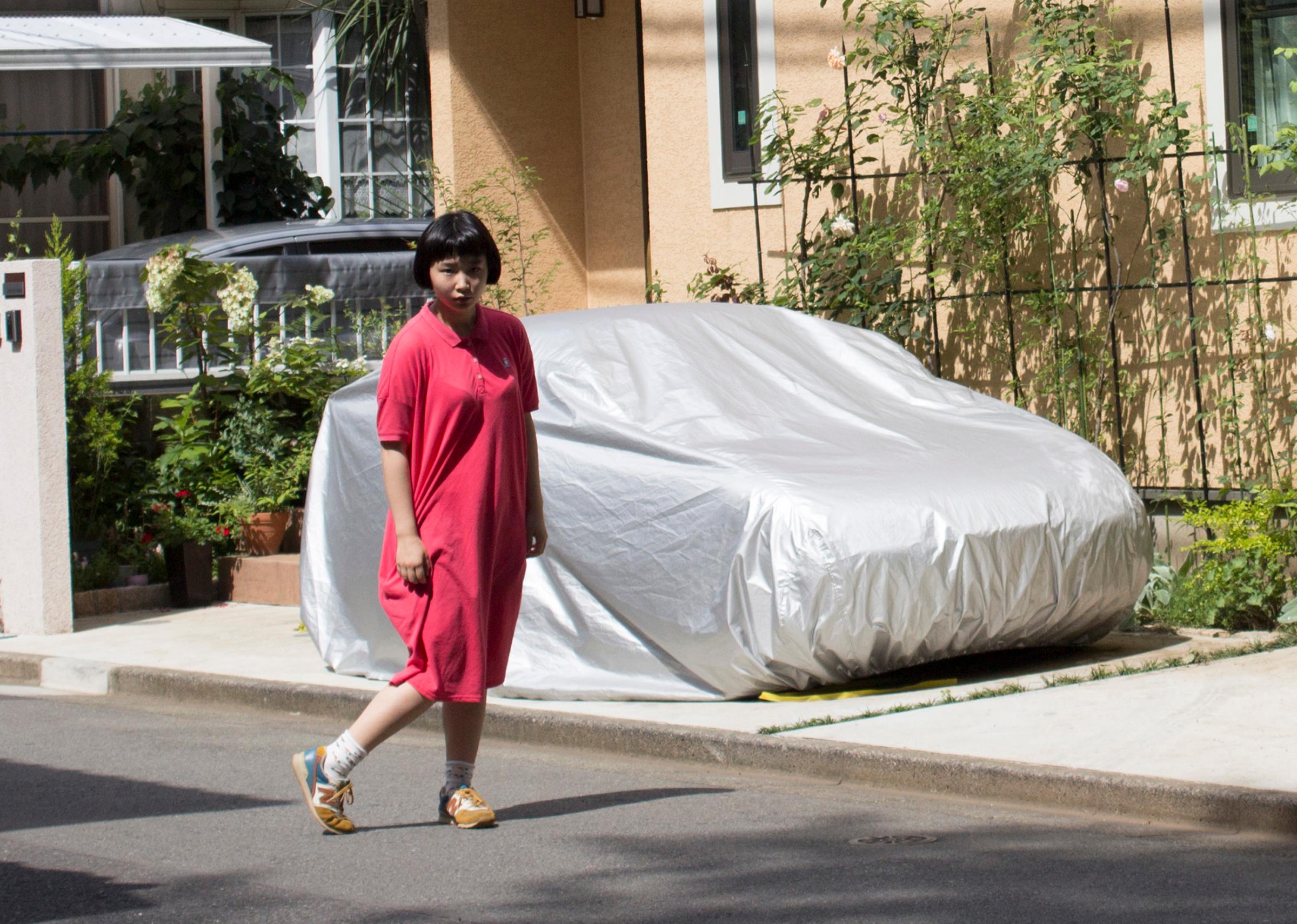
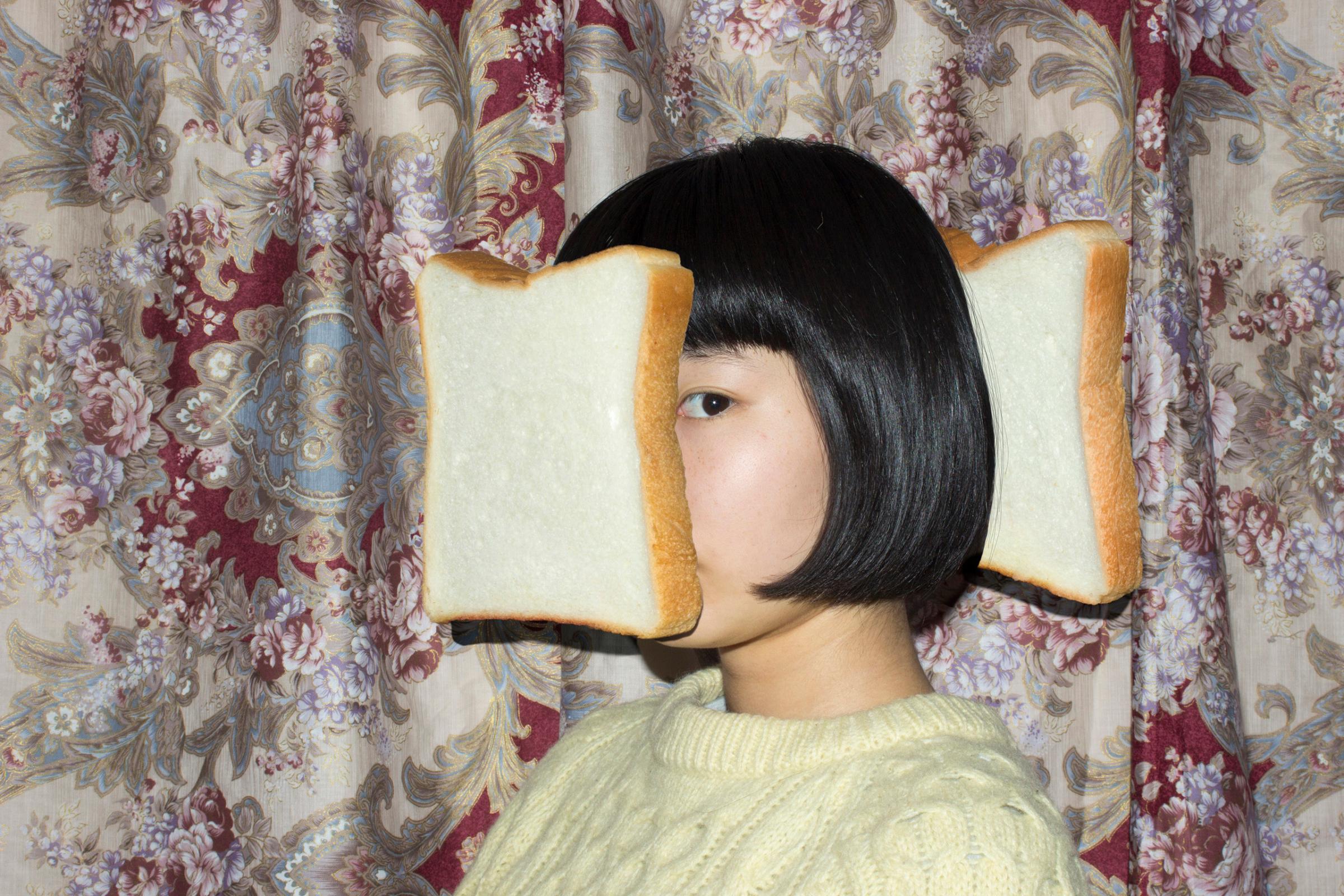
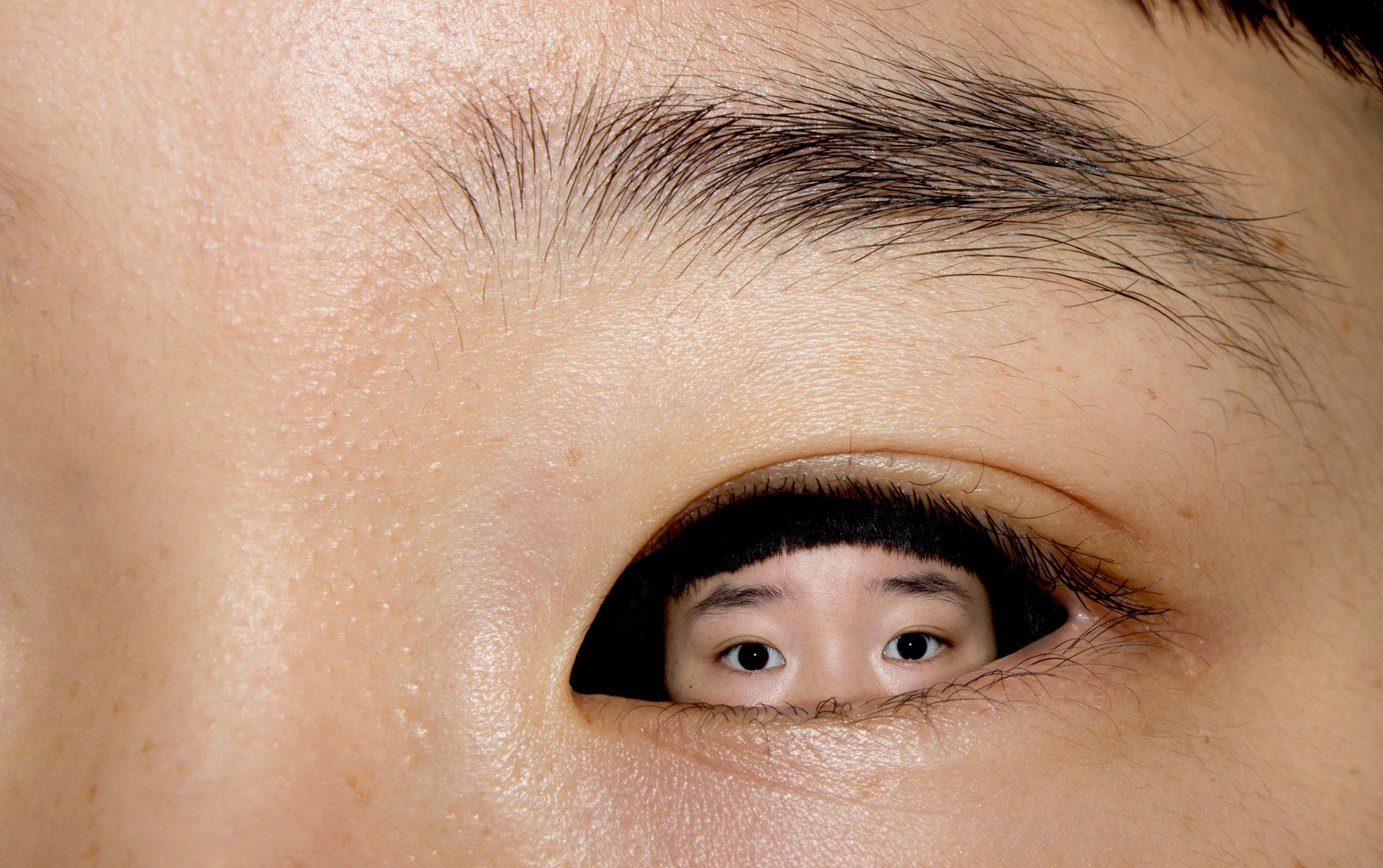
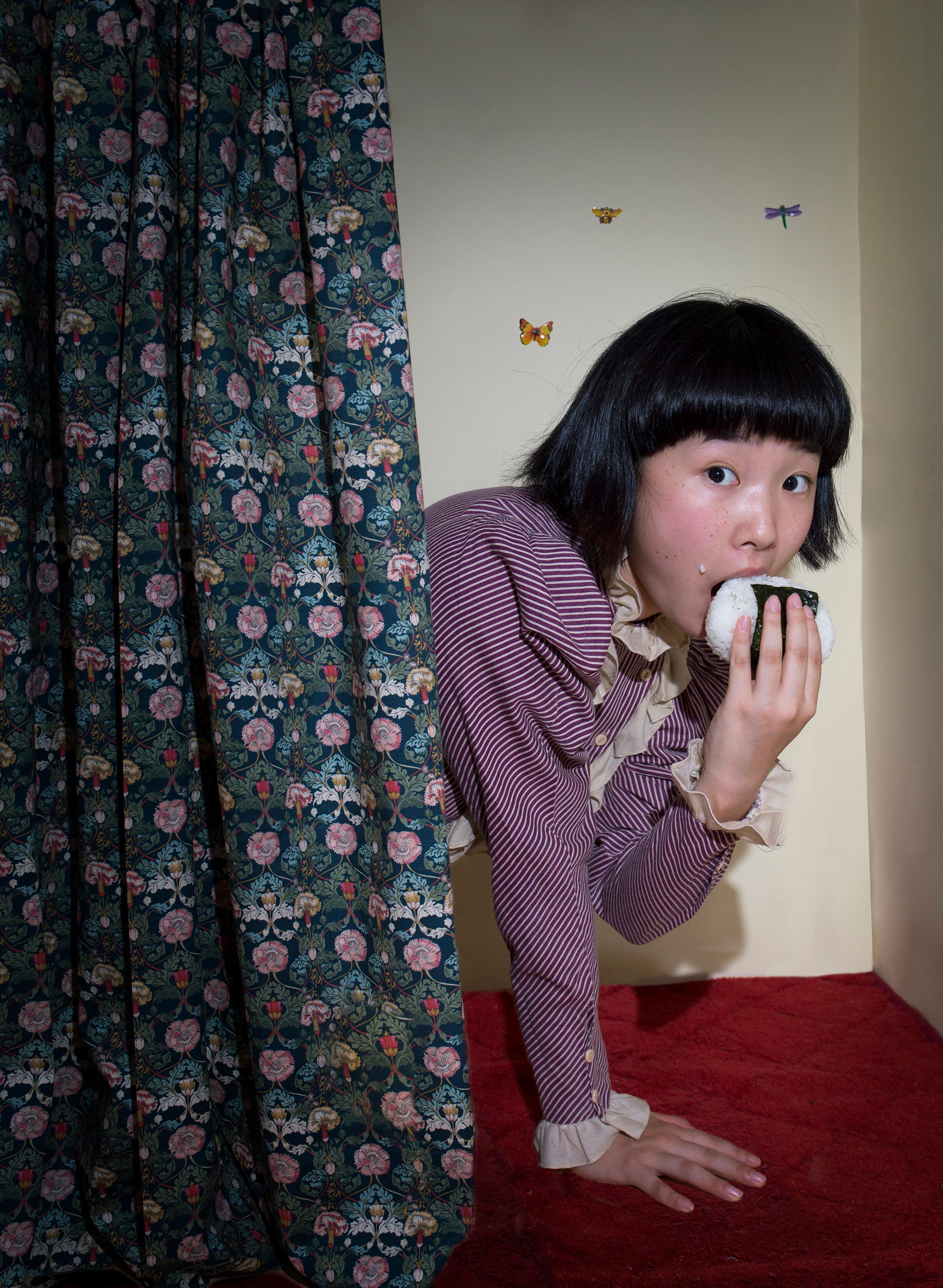



More Must-Reads from TIME
- Donald Trump Is TIME's 2024 Person of the Year
- Why We Chose Trump as Person of the Year
- Is Intermittent Fasting Good or Bad for You?
- The 100 Must-Read Books of 2024
- The 20 Best Christmas TV Episodes
- Column: If Optimism Feels Ridiculous Now, Try Hope
- The Future of Climate Action Is Trade Policy
- Merle Bombardieri Is Helping People Make the Baby Decision
Contact us at letters@time.com